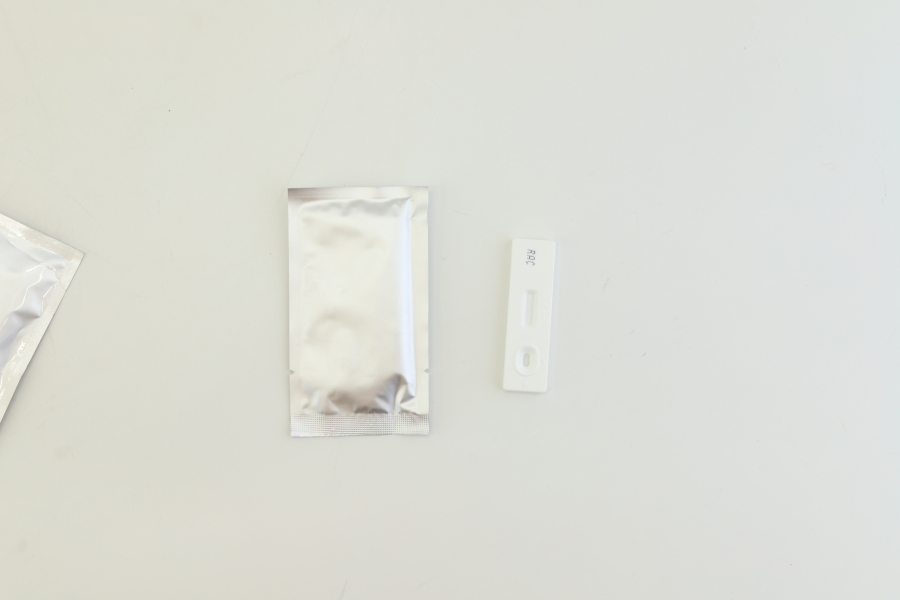In the dairy consumer market, camel milk and goat milk are deeply loved by consumers because of their rich nutrients, but many people are worried about buying "adulterated" products - for example, in order to reduce costs, pure camel milk or pure goat milk is mixed with milk. This kind of adulteration not only damages the rights and interests of consumers, but also may affect the quality of the product. The rapid detection card for milk adulteration in camel milk and goat milk is a "sharp tool" to solve this problem.
So what is the rapid detection card for milk adulteration in camel milk and goat milk? In short, it is a rapid detection product based on immunochromatography technology, which can specifically identify the characteristic components in milk (such as specific proteins or DNA fragments in milk), and determine whether there is milk adulteration in the sample in a short time.
Its working principle is not complicated: there is a reaction film inside the detection card, one end is fixed with antibodies for the characteristic components of milk, and the other end has a quality control line and a detection line. When the sample (such as camel milk, goat milk) is added dropwise to the sample well, it will flow along the reaction film. If the sample contains milk components, the antibody will bind to it to form a complex, and when it continues to flow to the detection line, it will be captured by the antigen fixed on the detection line, thus showing a colored band; at the same time, the quality control line will always develop color, as a basis for effective detection. The whole process does not require professional equipment and only takes a few minutes to produce results.
Compared with traditional detection methods, this rapid detection card has obvious advantages. The first is fast, it usually only takes 10-15 minutes from sampling to observation results, which is much faster than the hours or even days required in the laboratory; the second is accurate, through specific antibody recognition, it can effectively distinguish milk from other animal milk, avoiding false positives or false negatives; the third is portable, compact card design, which is convenient for on-site use in pastures, milk stations, market supervision and other scenarios, without relying on laboratory conditions; the last is low cost, simple operation, and ordinary staff can get started after simple training, which greatly reduces the cost of testing.
Whether a rancher wants to ensure the purity of their own products, or a dairy station conducts quality control during milk collection, or a market supervision department conducts daily sampling, a rapid detection card for milk adulteration in camel milk and goat milk can play an important role. It is like the "patron saint" of dairy safety, allowing consumers to drink real pure camel milk and pure goat milk, and also allowing producers to stick to the quality bottom line in the competition. With the dairy industry's emphasis on quality and safety, the application of such rapid detection tools will become more and more extensive, escorting food safety.


